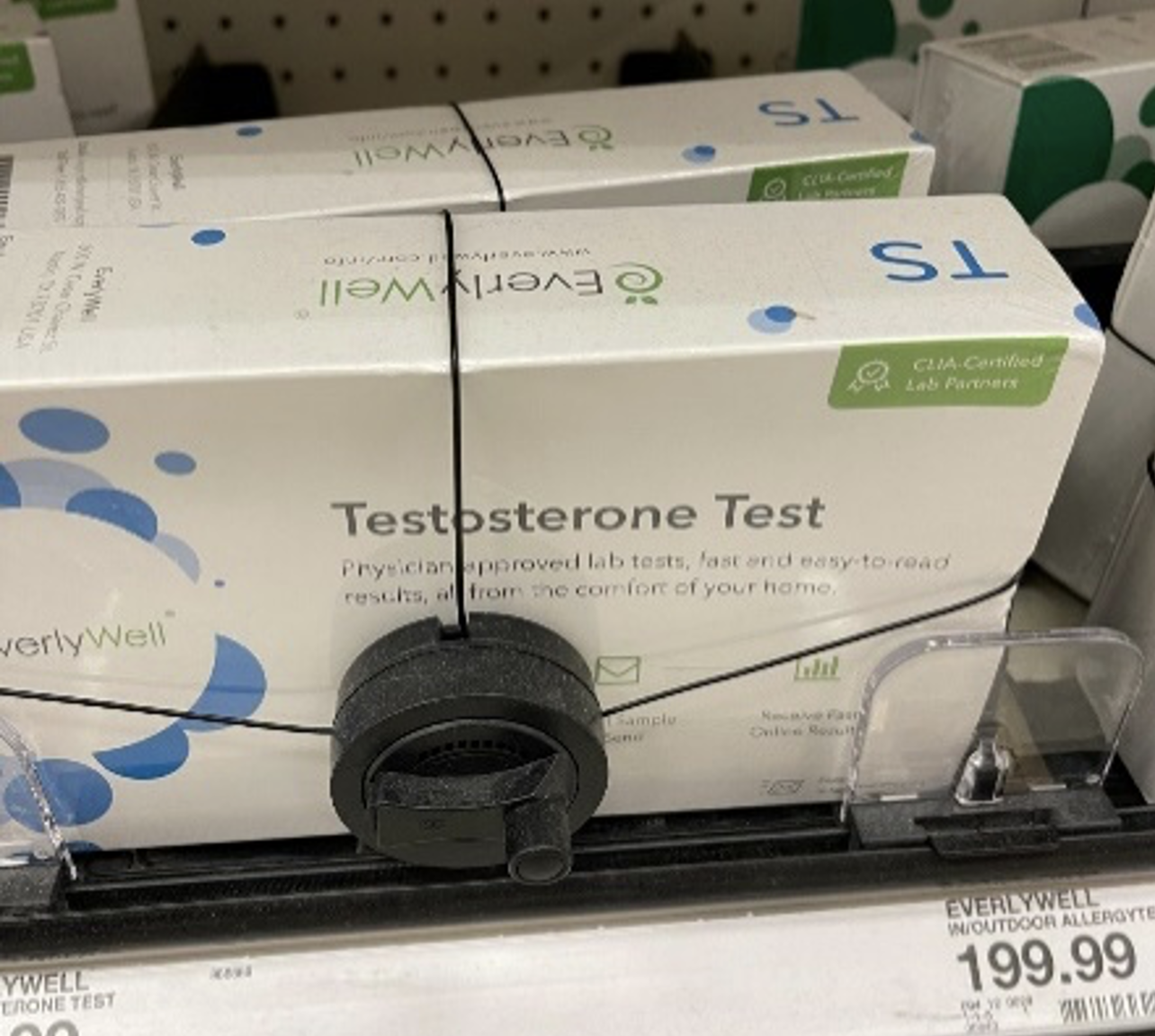The future of home health testing
Home health testing and self-diagnosis has been a fast-growing trend, drastically impacting the future of healthcare. Our client, a retail pharmacy, was looking to understand people’s attitudes toward home health testing to uncover opportunities in the nascent category.
The project aimed to understand the customer journey and generate new ideas for the future of home diagnostics that take advantage of the client’s ecosystem of retail stores, clinics and pharmacies.
I acted as the strategy lead for this project, designing and running our ethnographic research, developing our insights and opportunities, and collaborating closely with the lead designer in conceptualizing solutions.
Client | Retail Pharmacy
12 weeks
Team
Creative director
Strategy lead (me)
Senior industrial designer
Program manager
Deliverables
The output of our research and synthesis included:
Four distinct consumer typologies with unique motivations and needs to keep in mind when designing solutions
A set of insights and frameworks that articulated the role and value of home health testing
A detailed journey map that highlighted highpoints, low points and key user needs
3 prioritized opportunity areas to direct ideation
12 concepts illustrated as storyboards that show how our client could provide a differentiated offering across the user journey, from retail experiences and touch points, to better test kits and packaging, to unique follow-up services.
Understanding the home testing journey, from discovery to results
Our project began with internal stakeholder interviews and foundational research to prioritize focus areas for research that aligned with business goals. We aligned on research cohorts that represented a range of health and wellness mindsets, and motivations to take a home health test.
We recruited 18 participants, assigning each a home health test to take at home and asked them to document the process. We designed a 2-week long diary study with daily missions to get answers to our key research questions. We regrouped with our participants when they received their results for a follow-up 1-1 interview.
These missions included activities like:
Hunting around their homes to find three items that were most critical to their health and wellness routine
Screen recordings to show us how they shop for tests either online, how they compare options and the information they are looking for
Making a selfie video as they take the test recoding their actions and thought process every step of the way
Taking photos of the moments that stand out while shopping for home tests (online and in-store)
Rating product and service concepts and adding feedback notes about what they find useful, not useful or confusing
Some of our online ethnography activities: a participant recording the act of taking their test while narrative their thoughts and reactions (top left), a photo snapped by a participant during a virtual shop-along (top right), a debrief interview (bottom left), participants marking up what they like and dislike about “sacrificial concepts” we designed (bottom right)
Translating needs to opportunities to design a better test
We took our learnings from our ethnography and created this journey map that surfaced high points, low points and unmet needs throughout the entire test taking experience, from discovering that home tests exists, to taking the test, to receiving results and getting follow-up help. The unmet needs translated directly to different opportunities along the testing journey.
One of our biggest insights was that people often struggle to connect their health questions to home testing options. Home tests are usually marketed to test for specific concerns, like thyroid health or vitamin deficiencies. However, most people start with a symptom, like fatigue, for which there could be many underlying causes. Typically people will go to their doctor with these symptoms and concerns, but the home testing experience skips over the consultation step and expects them to already know what they need to test for.
An excerpt of the journey map we created to highlight the test taking highs, lows, and needs throughout the experience.
Creating unique solutions by leveraging our client’s strengths
We identified the four key phases where our client should focus on developing solutions and came up with 12 unique home testing concepts that solved important user needs along the journey, from researching a test to getting follow-up support. We presented these solutions as storyboards that highlighting key use cases and unique features.
Our client used our concepts as inputs to a large-scale quantitative study to identify the most popular ideas to pursue for further development.
An example of one of the 12 storyboards we put together illustrating our proposed concepts.






